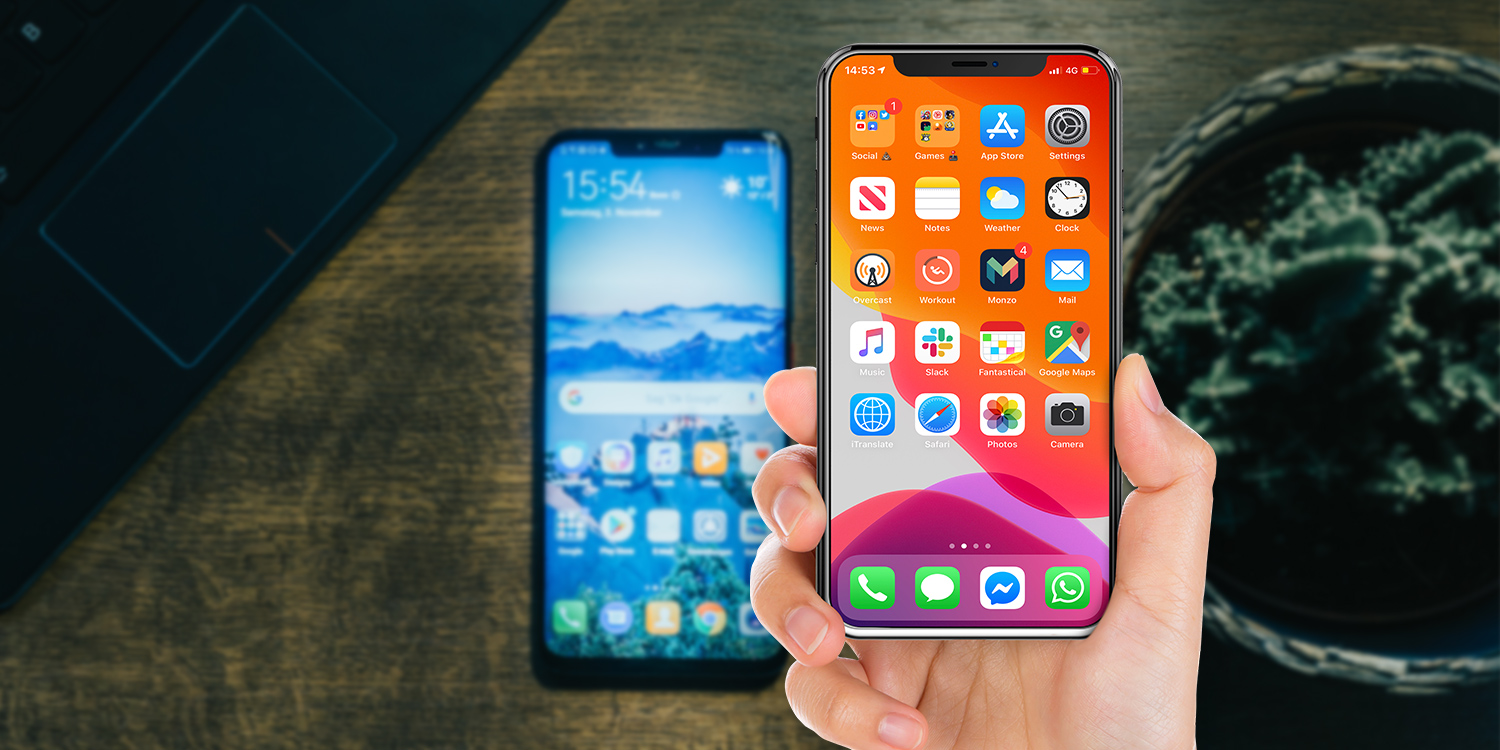There are a bunch of reasons we think iPhones and iPads are better than competing devices. Privacy, security, ease of use, durability, app quality, performance, customer service, environmental responsibility – we could go on. But it’s easy for us to talk up Apple kit when we use it every day, and certainly, these devices are not perfect. Sometimes, it’s more interesting to take an outsider viewpoint.
So, how did PCWorld’s resident Android expert – about as far from an Apple fanboy as you can get – fare when switching to iPhone for a week?
Android expert Ryan Whitwam hadn’t used an Apple smartphone since the iPhone 3G a full decade ago, so it’s interesting to see which aspects surprised him most when switching to an iPhone 11 Pro recently. He finds both pros and cons with Apple’s ecosystem and his experience is well worth reading about. The positives hammer home the excellence of things we iPhone users take for granted, while the negatives describe areas where Apple could stand to improve by taking a page from the Android playbook.
The Pros
Whitwam approved of Apple’s battery life in comparison to Android flagships, which is surprising considering it’s one of the most common complaints from iPhone users. He argues that Android smartphones with good battery life only manage it by packing much bigger and heavier battery packs than you’d find in an iPhone.
He also praises Apple for a number of things that might not even cross your mind to consider: the haptic feedback that makes virtual buttons come alive with smart vibrations, the True Tone display that adjusts color balance on-the-fly to suit the environment, the gesture navigations that allows user to move between apps with a deft swipe, the ease of sharing files and photos with other devices via AirDrop. Even the silent mode switch on the side of the iPhone gets a big thumbs up from Whitwam.
All these things are lacking – or not implemented as well – across the spectrum of Android smartphones.
The Cons
Now for the bad. Whitwam found Apple’s simplistic Home screen and dedication to default apps frustrating – Android allows for much more complex Home screen widgets, easier app organization, and the chance to pick your own defaults for every task.
He also ranks Apple’s notification center “far, far behind” Android’s, and claims Google Assistant is a “much better experience” than Siri. Admittedly, Apple’s dedication to user privacy is part of the reason Siri is lagging behind other virtual assistants. For many, that’s a fair trade-off.
Lastly, he looks at how most high-end Android devices these days feature an always-on display for notifications, and charge via a universal USB-C cable. Apple’s proprietary Lightning cable charges slower and isn’t compatible with other devices. With iPad and Macbook already switched to USB-C, it may not be long until iPhone makes the change too. As for the always-on display, many iPhones already use the OLED screens that would make this possible without consuming too much power, so perhaps we’ll see it in a future software update.
All in all, this is a really interesting look at the iPhone from “the other side.” Last time we saw a similar comparison piece from an Android fan, they highlighted Apple’s dedication to free and regular security updates as the most valuable perk of the Apple ecosystem, and we’re inclined to agree. It’s easy to take five years of iOS updates for granted, until you realize how many Android devices are only supported for one or two.
We’re as happy as ever to be rocking an iPhone, but some of those Android features would be welcomed with open arms if only Apple would make the leap.

